Pitch Deck Resources
Building a pitch deck isn’t as simple as putting your company logo and some bullet points about your product into a slideshow — there’s a lot of details that need tending to and many, many things to consider before presenting anything to a potential investor. There are hundreds of blogs, websites, tutorials, and templates out there to help guide you through the process of creating a good pitch deck, but how do you know which ones are worth the time and effort and which aren’t? And how do you break down all of those resources so you know what’s what? Well we’ve gone ahead and done that for you. Below, you’ll find a repository of hand-selected links that correspond to key points in the process of building a killer pitch deck. Click each of the icons below to be taken to the corresponding section of resources, or scroll through at your own pace. Either way, this is your best one-stop-shop for pitch deck resources.
Click each of the icons below to be taken to the corresponding section of resources:
Elevator Pitch
The Elevator Pitch slide conveys what the business is about and identifies who or what the potential customers are, and lays groundwork for discussion later in deck regarding problem, solution, market size and trends. This is your first chance to impress your audience and grab their attention — don’t squander it.
The Market
This slide is meant to tell your audience about the problem your product solves in the market. The problem should be identified in the simplest way possible (in terms that everyone can understand) and in such a way that illustrates how big the problem is.
Create a succinct value proposition: “Customer discovery” and the Customer Development Model
Develop your value proposition and business model using customer validation
Value proposition and Blank’s customer discovery method—Phase 1: State your hypotheses
Value proposition and Blank’s customer discovery method―Phase 2: Test your hypotheses
Value proposition and Blank’s customer discovery method―Phase 3: Test your product concept
How to calculate your total addressable market and make a great TAM slide for investors
What Your Opportunity Slide is Missing – Make Investors Believe
Solution / Product
This slide is all about Product Market Fit. Product Market Fit is “a value hypothesis [that] identifies the features you need to build, the audience that’s likely to care, and the business model required to entice a customer to buy your product.” State solution as a contrast to the problem. Describe key features that your potential customers have identified, note which ones are key differentiators, and highlight any competitive advantages your product enjoys. The best evidence of a good product market fit in a post-revenue concern is a growing number of customers that are using the product and reluctant to give it up (i.e., low churn).
Business Model
Explain how the company acquires customers and generates revenue. Identify sales channels. Identify the specific target market with which your product will begin (geography, demographic, or whatever it might be) and illustrate how the company will grow. The purpose of this slide is to demonstrate the business has a customer pipeline.
Competitors
The purpose of the Competition slide is to visually highlight how your product differs from the competition. One way to do this is to include a competitive matrix—Competitors on the X axis, Competitive Attributes on the Y axis. Match these Competitive Attributes with features identified and explained on the “Solutions” slide. Another way is with a Petal Diagram or a Magic Quadrant.
Management Team
The purpose of the Management Team/Advisory Team slide is to provide investors evidence that the team can execute the business plan at least in the near term. Identify management team roles and relevant experiences in the management and advisory team’s background that gives credence to the ability to execute.
Advisors
Investors are keen on knowing whether you have the support and steady guiding hand of someone who’s been through this before. Use this slide as an opportunity to put their minds at ease. Name all of your advisors and what they bring to the table in terms of experience and your relationship with them.
Financials
The purpose of the Financials slide is to identify key assumptions, milestones that will be accomplished with funding, and to communicate a clear path to cash flow breakeven (i.e., the point when business is financially successful and has no additional need for capital injections or debt just to keep the business alive)
CLTV Isn’t The Whole Story. Don’t Shortchange Second-Order Revenue.
What’s your TRUE customer lifetime value (LTV)? – DCF provides the answer
Why early-stage startups should wait to calculate LTV:CAC, and how they should use it when they do
SaaS Metrics 2.0 – A Guide to Measuring and Improving what Matters
The Ask
This is it — the big moment. This is when you formally state what kind of investment you’re seeking. This can be a very intimidating moment in your pitch, but don’t worry, the resources below will help guide you.
Summary Slide
Example Decks
Below is a list of some of the better decks we’ve seen out there that are publicly viewable. Don’t copy, but draw inspiration and motivation from what others have done. Pay attention to decks that operate in a similar space to your business.
General Resources
Some of the best advice and resources out there just doesn’t fit well into one of the above categories. Some of this advice is broad, some of it is more granular, but all of it is great.
12+ Business Pitch Deck Templates and Design Best Practices to Impress Investors
16 pitch deck rules you need to know when pitching investors
Finding The Bigger Picture : 5 Strategies Top Presenters Use To Streamline Complex Topics
30 Legendary Startup Pitch Decks And What You Can Learn From Them
From Concept to Delivery: Tips for Perfecting Your Investor Pitch












